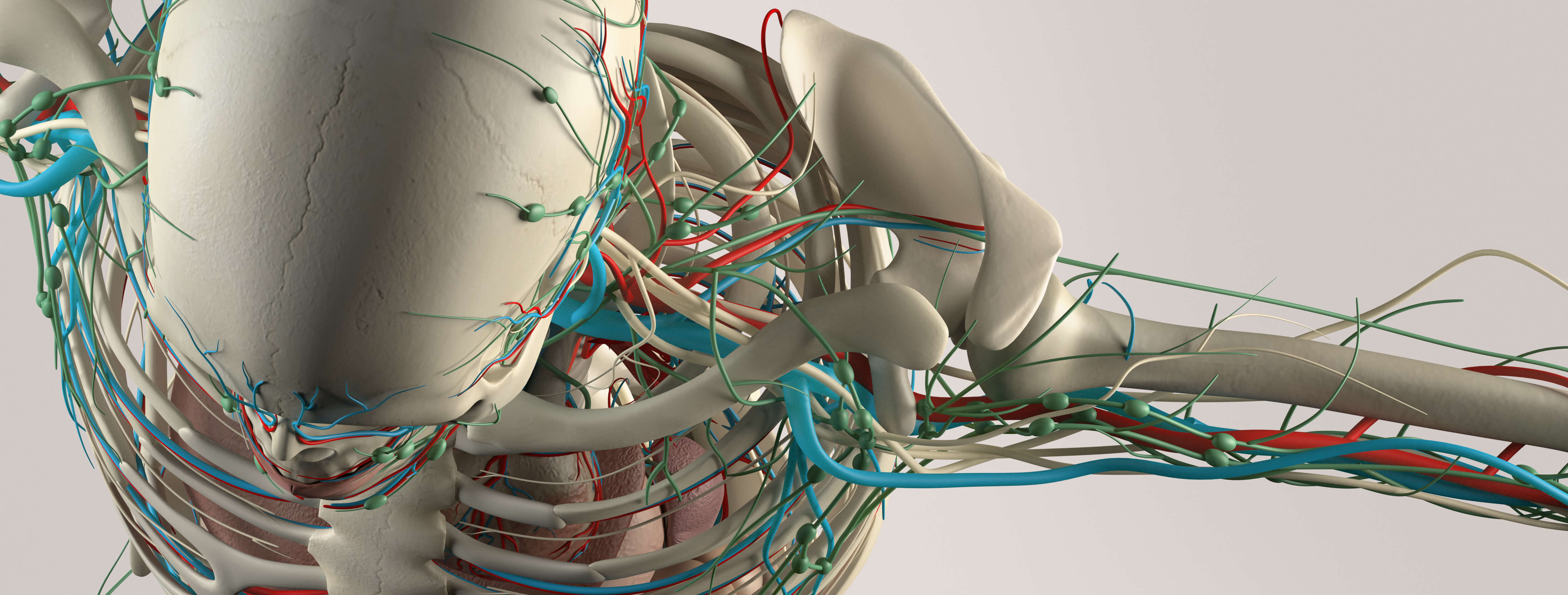


Bundle Branch Blocks (Part 2 – Fascicular Blocks)
In Part 1 of our ‘Bundle Branch Blocks’ series we learnt about left and right bundle branch blocks. Left bundle branch blocks can be further subclassified into left anterior fascicular blocks and left posterior fascicular blocks if the obstruction is limited to one...
Bundle Branch Blocks (Part 1 – Left and Right Bundle Branch Blocks)
A bundle branch block is a disorder in which there is an obstruction in the heart’s electrical conduction system. These can be broadly divided into two different types of block: Left bundle branch block (LBBB) – where the obstruction is in the left bundle branch Right...
Healthy Body, Healthy Mind
“True enjoyment comes from activity of the mind and exercise of the body; the two are ever united.” Wilhelm von Humbodlt The value of exercise I have already mentioned how I have used exercise to help me with my exam preparation at several points throughout...
Upper Limb Nerve Lesions (Part 4 – The Ulnar Nerve)
In Part 3 of our ‘Upper Limb Nerve Lesions’ series we learnt about the median nerve and the most commonly occurring lesions associated with damage to it. We now move on to the ulnar nerve and it’s associated nerve lesions. The ulnar nerve is a major branch of the...




